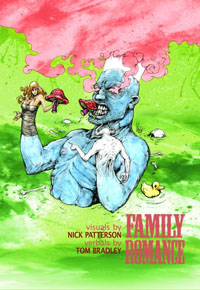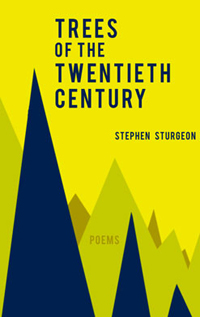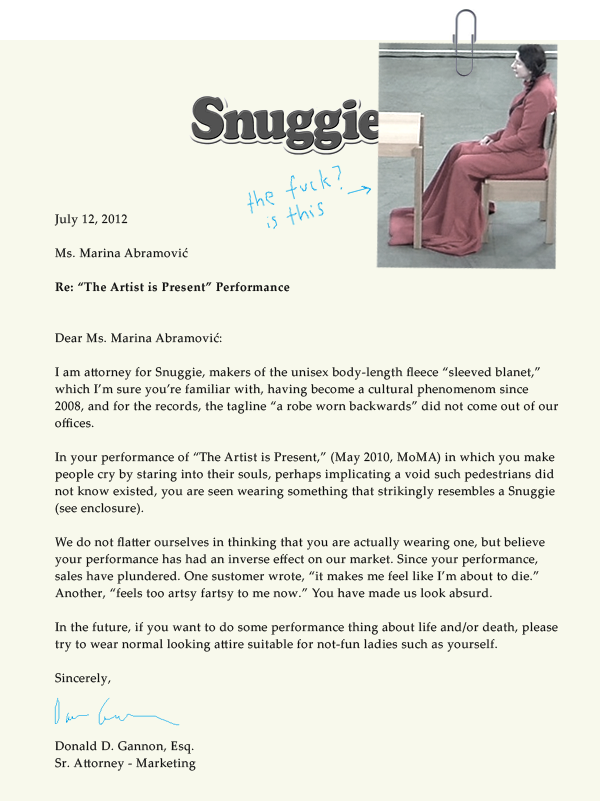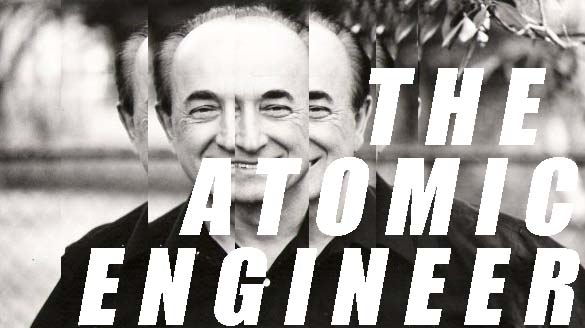FAMILY ROMANCE: word and image converge seamlessly like a love sarong with no zipper
 Family Romance
Family Romance
by Tom Bradley
Visuals by Nick Patterson
Jaded Ibis Press, Fall 2012
CYE JOHAN interviews TOM BRADLEY:
CJ: How did Family Romance get made?
TB: In just the opposite way from most illustrated novels. Nick Patterson’s ninety pictures came first, and I wrote the novel around, between, underneath and through them. One day I came upon a great stack of his artwork, and was instantaneously locked in. Each image presented a climactic moment in a strange, unspoken, yet definite story.
Nick’s drawings and paintings are like the hallucinations of epileptic mystics as preserved in icons and illuminated hagiographies. They rear up in the aether before your eyes, bristling their spikes of light, needing no context but themselves. Yet they insist that a whole chronicle be imaginatively filled in, to perform the impossible task of explaining how these bizarreries came to be juxtaposed.
CJ: One of Nick Patterson’s online fans asked him how he came up with his stuff, and he replied, “I pay attention to random thoughts.”
TB: A perfect motto for him. That single sentence gives a vivid glimpse into the head of such a visual artist. We all have dreams and daydreams that are so utterly without rational context that they vanish before we can recall anything but the most general outlines. Even those dissolve within seconds. Nick not only remembers all, but he draws it in meticulous detail. He gives a perfect anatomical rendering of something that never had anatomy in the first place, at least not on this plane of forms.
LIVE: It’s about to rain in NYC

City of books. City of power. City of finance and fashion and media properties. Don’t give in to fear, gentle children of the world wide web.
Jack Daniel’s is nice
If you haven’t heard about the recent cease-and-desist letter sent by Jack Daniel’s to indie press author Patrick Wensink, over his book’s cover’s use of a parody of the JD bottle label, which then caught fire in the press everywhere from beer magazines to the New York Times, and amazingly catapulted the book in question, Broken Piano for President, to the top 10 bestsellers on Amazon, right behind 50 Shades of Gray and all, well, it’s a pretty awesome thing.
GOOD OLD NEON
Some Notes on “DANIEL, ZOMBIES AND WORLD WAR 3”
I found this video linked from a post on Gawker. Here are some notes I took while watching it several times in a row:
select comments on “Zen Garden” and other youtube meditation videos

As the title of the post suggests, here are some comments I found on Zen Garden, Simple Meditation and other youtube videos I enjoy:
i’m a wolf, my criminal background says it all, fuck sheep. i eat them.
When I went to the warm hole there was no left up down right.
no need for ‘great longing’ when we are already the ocean we just need to remember.
what the fuck are you talking about srsly
thinking of turning my back porch into an “asian bath house” now…paper lanters bamboo curtains…candles lit…whos with me? lol :)
So he’s saying eat my body and live forever.
that buddha looks like my wife…
The Pleiadian star system is in fact our core essence, our ancestral home.
Is it wierd if I wack off to this ?
God is _________fill in the blank!!!!!
2012 marks the beginning of a global Golden Age of Peace and Oneness. Please check my channel for more.
so like crouching tiger hidden dragon sword fight to the death or some memoirs of a geisha type shit…
my true self is stillllll innocent…i think i am not and telll others I am anything but innocent but i realise now that i am in fact a child…
Satan is very happy with you
Trees of the Twentieth Century
 Trees of the Twentieth Century
Trees of the Twentieth Century
by Stephen Sturgeon
Dark Sky Books, 2011
62 pages / $10 Buy from Dark Sky or Amazon
Sometimes confessing to an invisible audience, sometimes to the poet himself, the impressive poetic debut Trees of the Twentieth Century consists of approximately thirty poems and communicates that which usurps prepackaged explanations yet desires to be heard using the human voice. What is experienced with the five senses—what makes us human—takes priority. This collection excels when read aloud, whether or not this was Stephen Sturgeon’s intention. The intelligent search for meaning periodically surfaces, alongside themes of passing time, shuffling memories, the malaise of adulthood, desperation, the recurring realization of injustice and impending reality of temporal forces at play. Sturgeon is generous in sharing his philosophical inquiries, thoughtfully embedded stanza by stanza:
present themselves; it means, it means that we
have seen them; that’s over. That’s over. (13)
Simplicity, associated with purity and grace, is a skill which many lack. Few have cultivated the patience of our ancestors—for better or worse. When something presents itself, it is often in one’s best interest to take the said object or situation at face value, despite a tendency to complicate, mask or layer, ranging from intention to the natural course of events. If it barks like a dog, it’s probably a dog—a hard lesson. The poet unearths such authentic perspectives, even if they are frequently singular to his own trajectory, hence the recurring presence of the “I” pronoun:
The rocks spun. So close the air was to my face
I sparely breathed. (16)
Or:
I watched them, from on a hill, at its top,
thinking, everything falls down that will come up. (16)
Or:
I consider the pedigree of time,
and see no puzzle to its address. (30)
July 23rd, 2012 / 12:00 pm
A very pure example of deceleration: “Atomization”
Let’s continue reading Viktor Shklovsky’s Theory of Prose (1925/9), seeing what lessons it contains for those of us writing and reading today. To quickly recap the previous installments: Shklovsky posits that all art is built from devices (priem), which get put together in patterns. Those patterns can adhere to normative conventions, or they can be somehow disrupted; Shklovsky calls that disruption “defamiliarization” (ostranenie). We, the audience, can perceive those disruptions because we have some expectation of the conventional ways in which artworks are patterned; for more on this, see my discussion of “differential perception”.
One type of defamiliarization is deceleration: the artist uses one or more devices to delay a pattern’s familiar (and therefore anticipated) resolution. I’ve already discussed how artists can use repetition and tautologies to do that. Today I’d like to look at one more example of deceleration, a very pure example that I call “atomization.” I will demonstrate it using an example from Yuriy Tarnawsky’s novel Three Blondes and Death (FC2, 1993), which also happens to be one of my favorite books of the past 20 years.
What follows is the entirety of Chapter 3 of that novel’s first part: “Hwbrgdtse Makes a Portrait of Alphabette.” I think you’ll quickly understand why I’m quoting it in full; remember, we’re looking for how Tarnawsky delays the resolution of the very simple plot that structures the chapter. All you need to know at this point is that the novel’s protagonist, Hwbrgdtse, has just met and become enamored with the first of three blond women, Alphabette:




